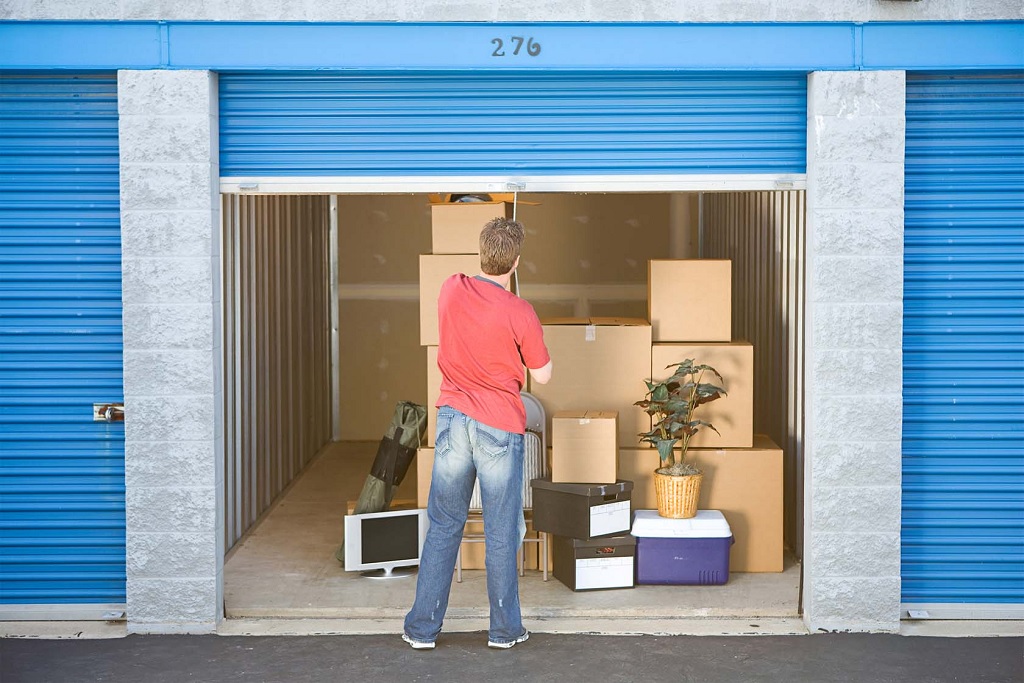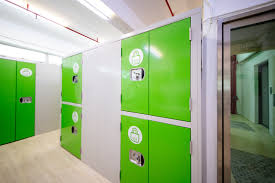
As typhoon season approaches, Wong Chuk Hang households and businesses must protect their things. The Wong Chuk Hang Storage protects delicate items from typhoons. Expert advice for preparing and using storage spaces during this hazardous season is here.
Secure and water-resistant materials are the top priority when preparing for typhoons. Your storage facility’s waterproofing should be assessed first. Many Wong Chuk Hang facilities use elevated buildings and strategic drainage systems to minimize flooding. Confirming these qualities and the facility’s typhoon history can ease your mind and guide your planning.
Items susceptible to water damage must be stored in waterproof containers. Plastic bins with sealable lids resist moisture well. These containers are great for devices, paperwork, and clothes. Wrap goods in plastic before putting them in containers for further protection. This additional protection can prevent dampness from entering delicate things.
Item placement in the storage unit is also essential. Store objects on pallets or shelving to reduce water damage from mild floods. Even a few inches of elevation can help during a cyclone. Place heavier, less sensitive items on lower shelves and lighter, more fragile items on higher shelves to prevent harm from falling debris or rising water during a strong storm.
Vacuum-sealed pouches protect fragile documents and photos from dampness. These bags and plastic boxes can secure hard-to-replace things. Typhoon-related humidity and moisture can cause mold and mildew in clothing and materials, yet the same strategy can keep them dry.
Typhoon preparedness also requires fastening or weighting all goods. Strong gusts may cause objects to fall over in the storage facility; thus, this safeguard is needed. Secure wrapping, attaching bulky objects to shelving, and non-skid matting under bins help stabilize and prevent movement.
Wong Chuk Hang facilities usually have thorough plans with frequent inspections, emergency response techniques, and communication protocols to keep consumers informed before, during, and after typhoons. Understanding these plans and how the facility protects its units might aid personal preparation.







